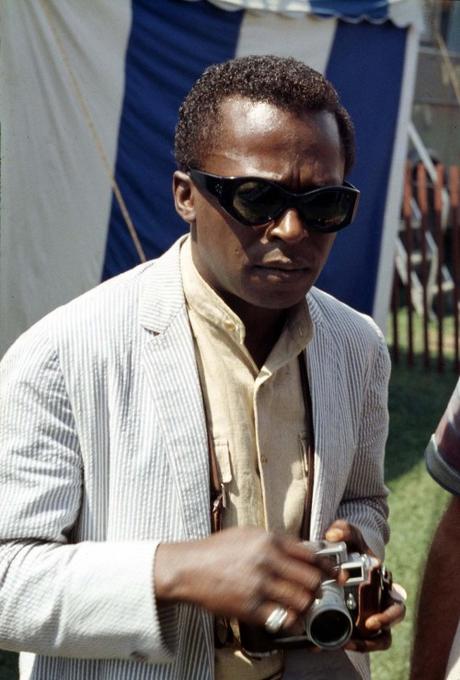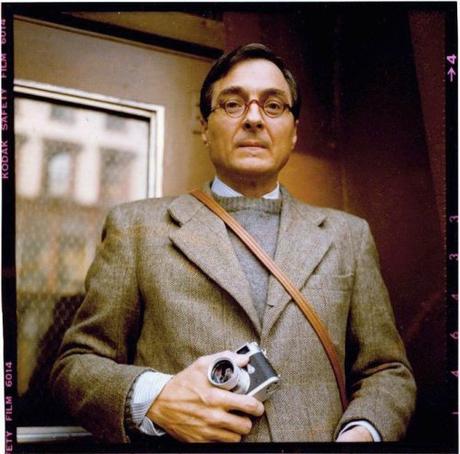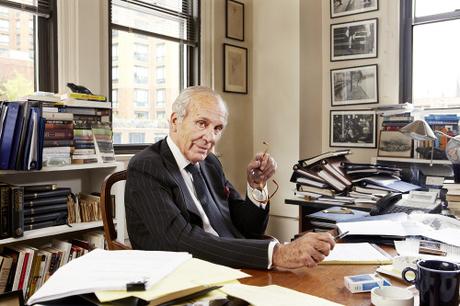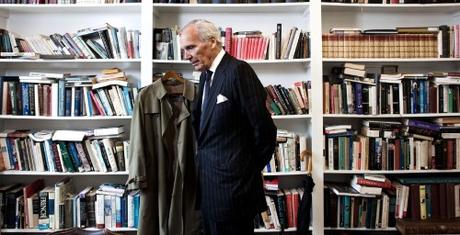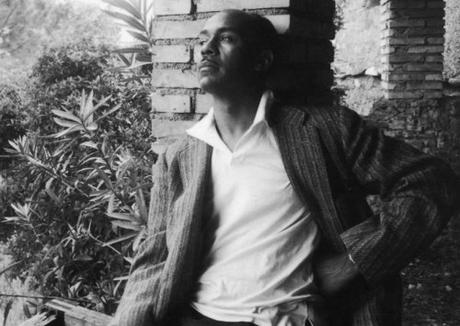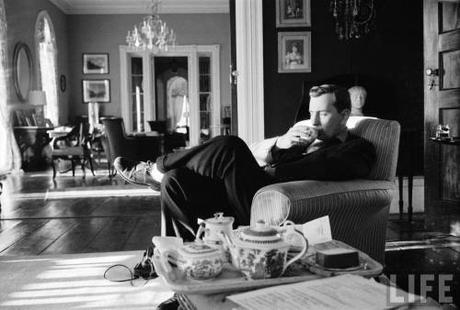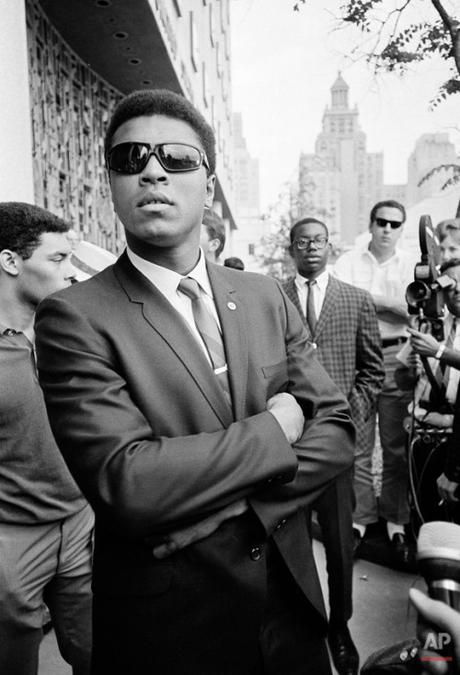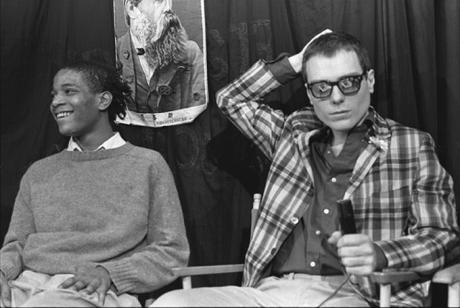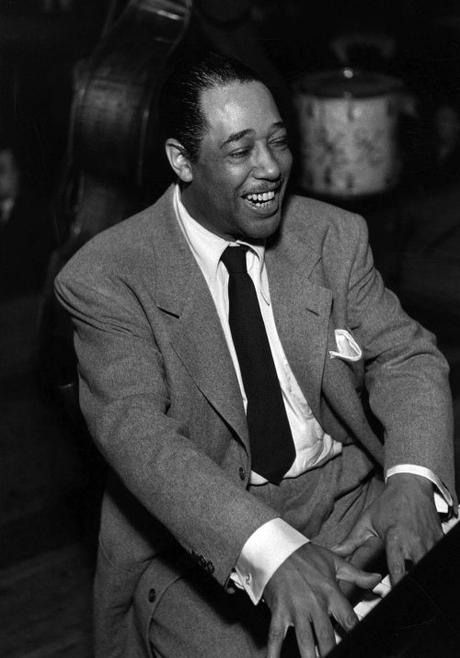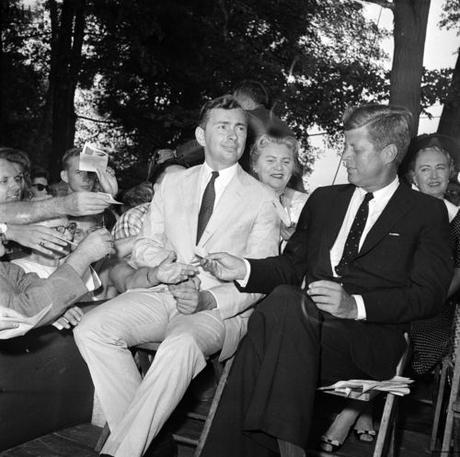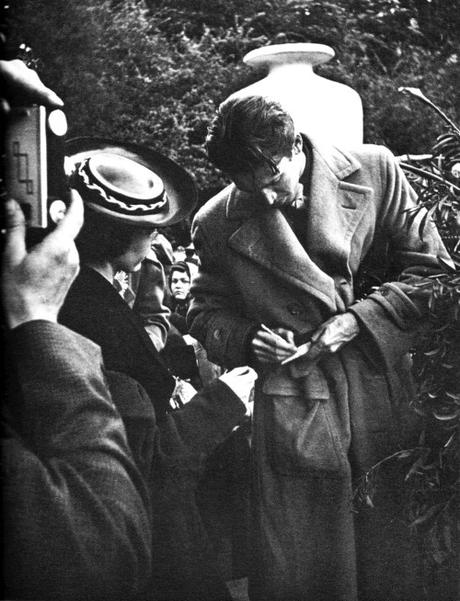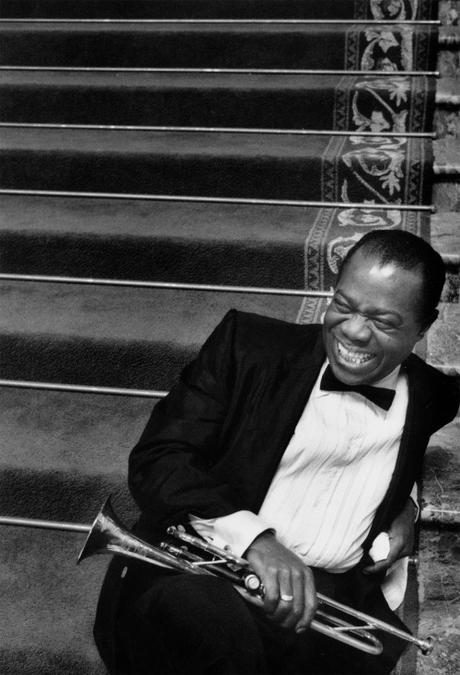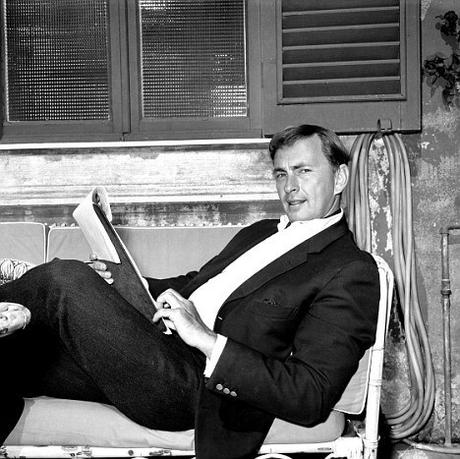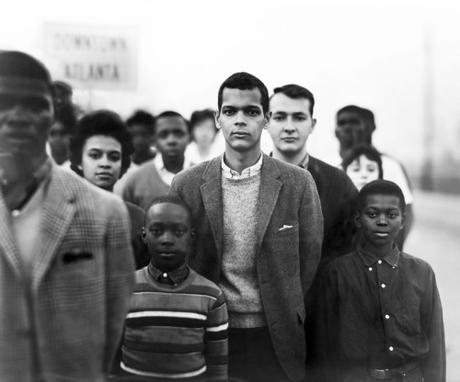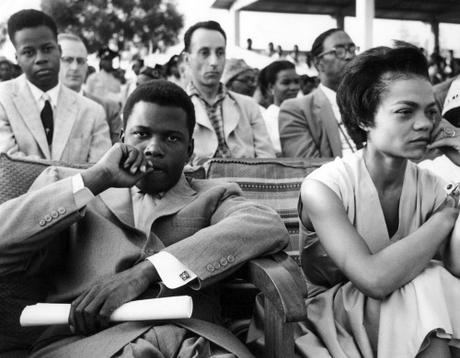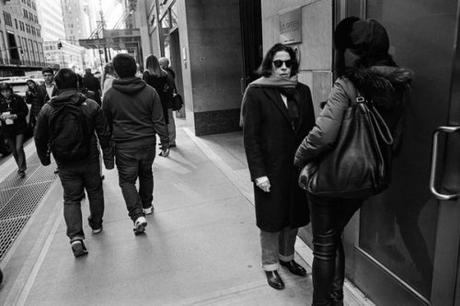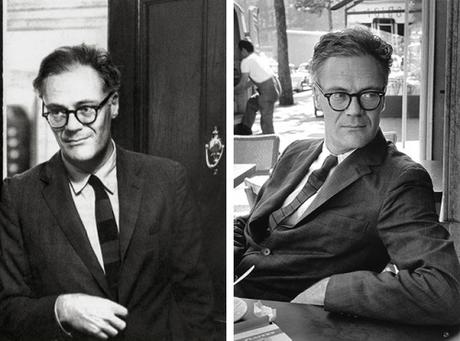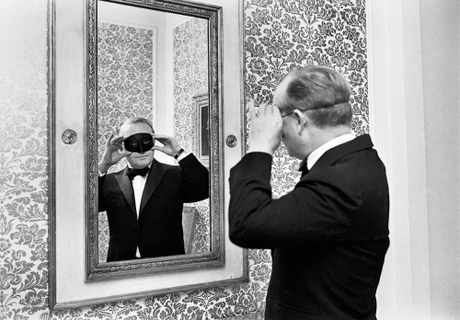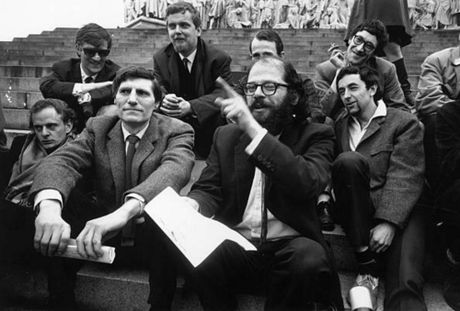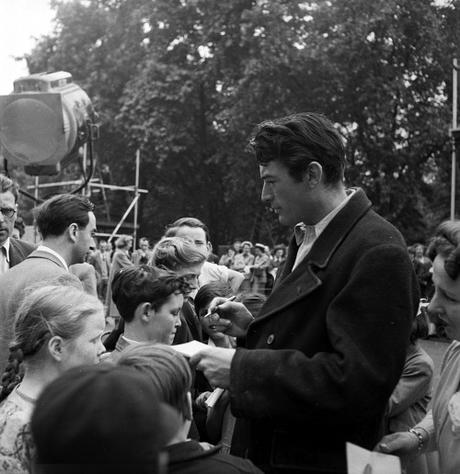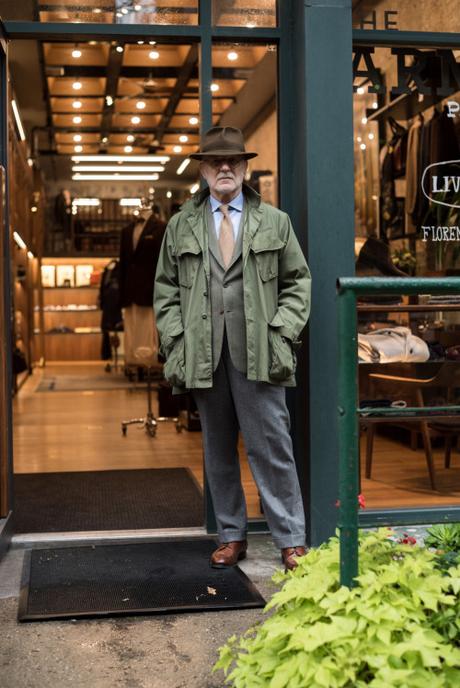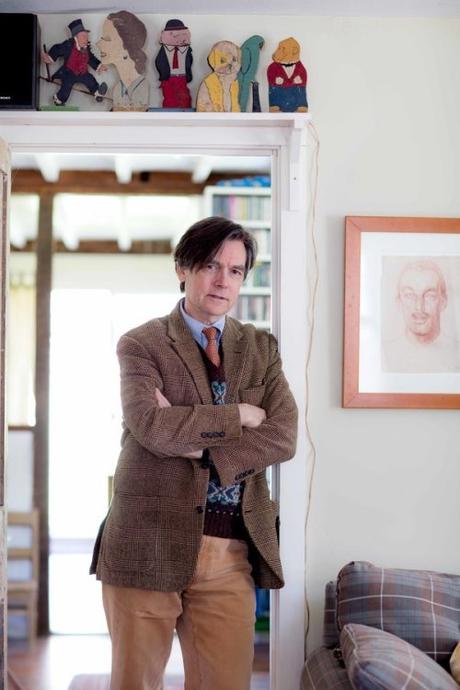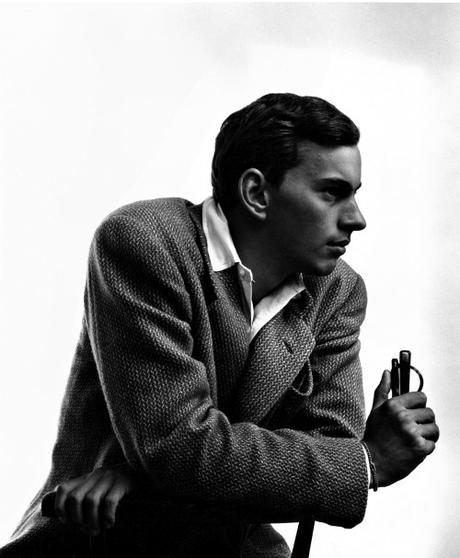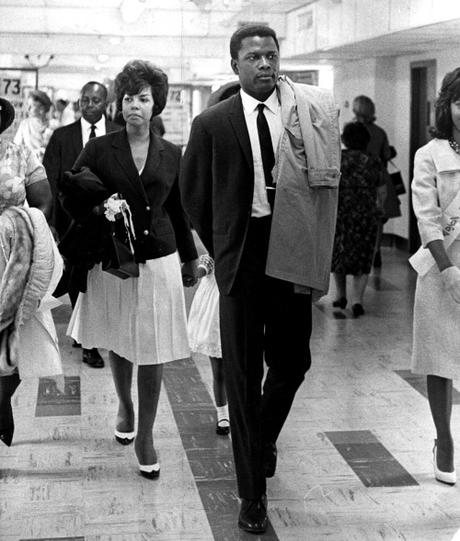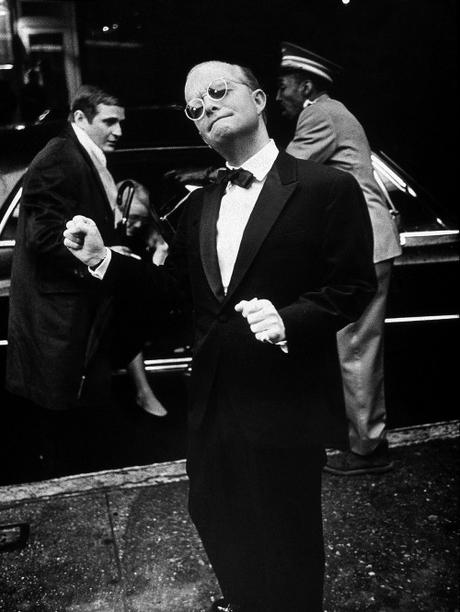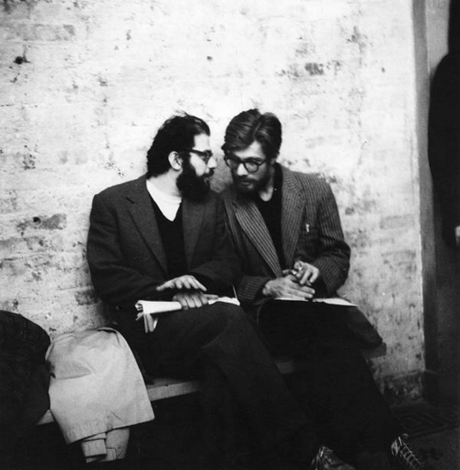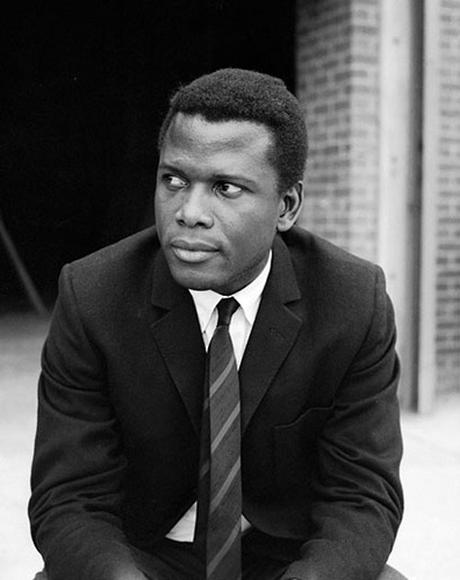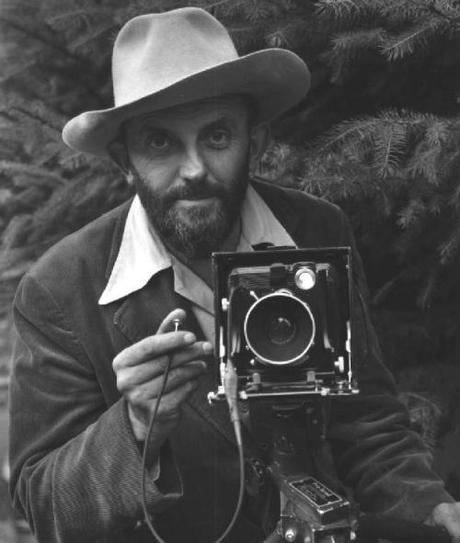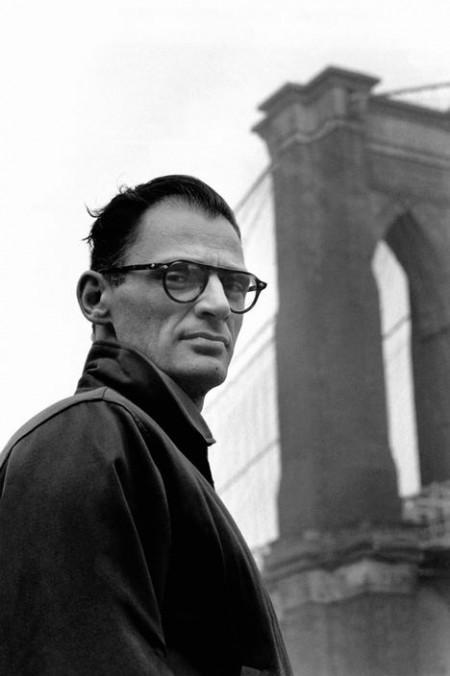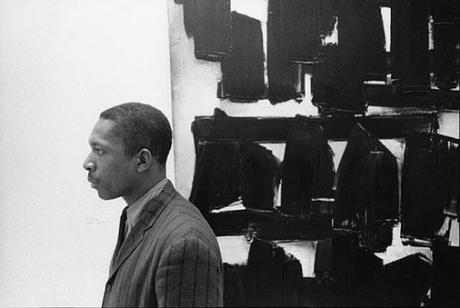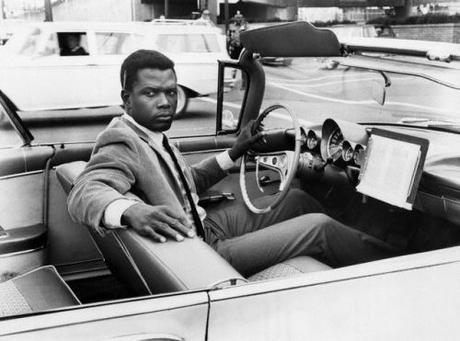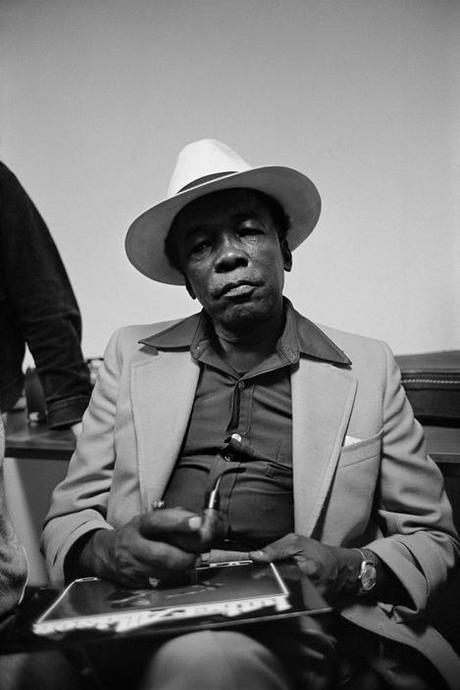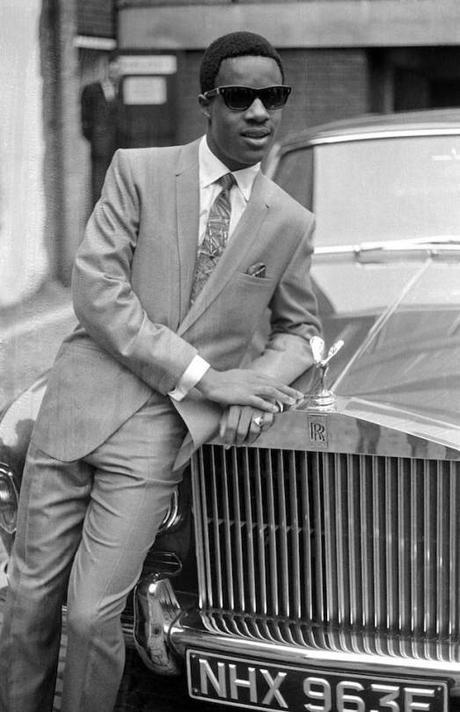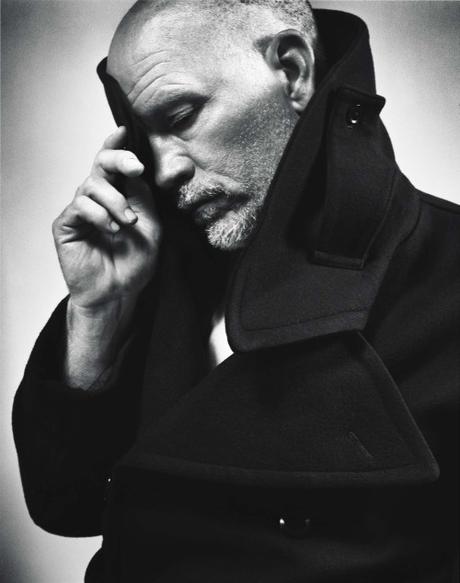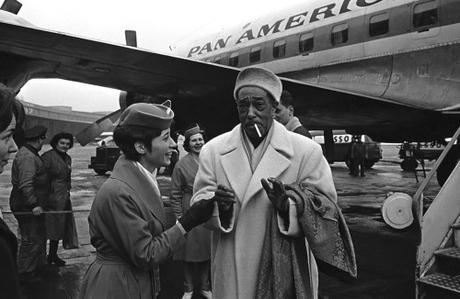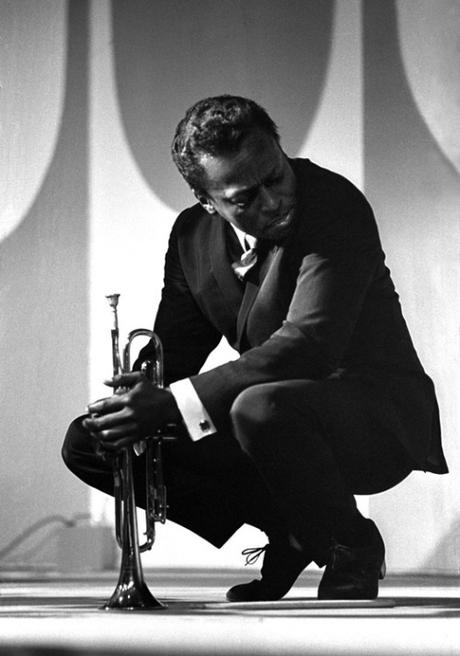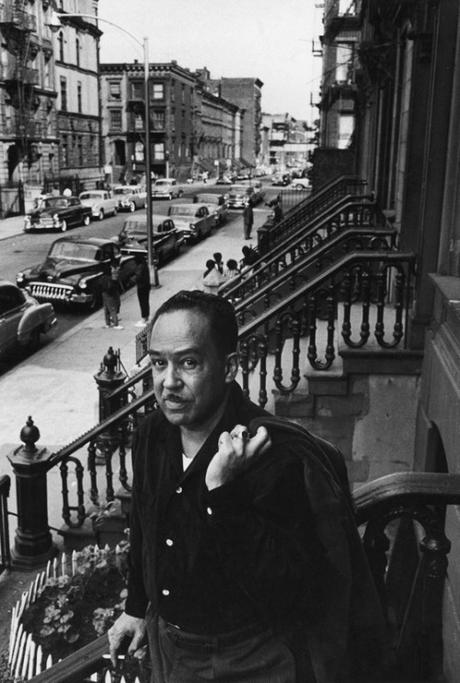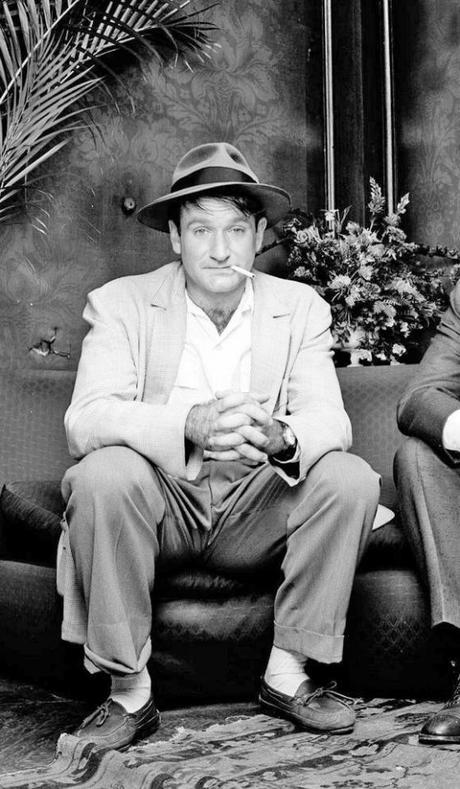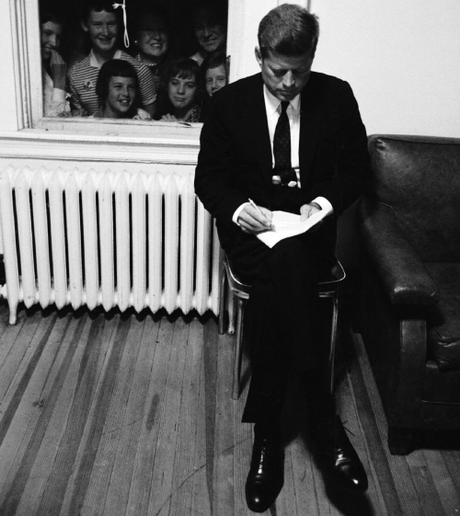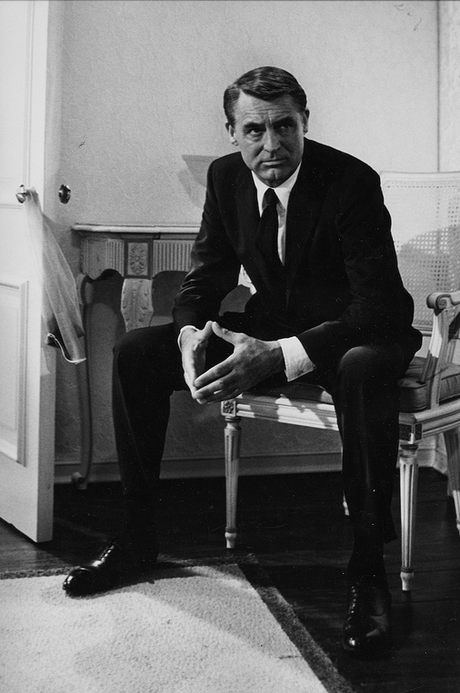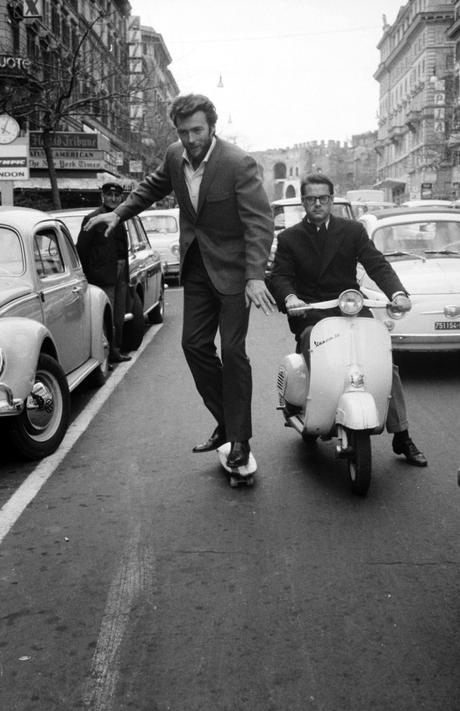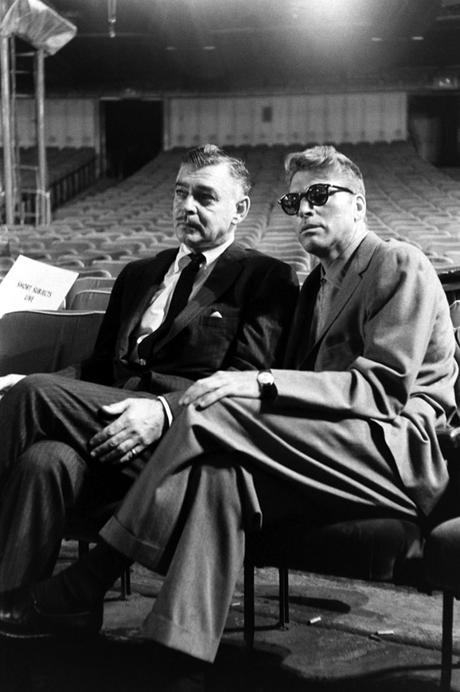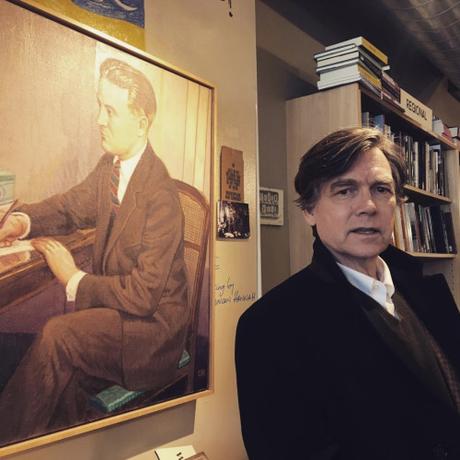
It was August of 1939 when Blanche Hays penned a New York Times article describing the unusual sense of calm throughout Paris. The French capital was just starting to mobilize for war, given Nazi Germany's invasion of Poland and France's exposure to Axis fury, but you wouldn't know it from the daily happenings of most people in the city. "Where are the uniforms and jitters," asked an American man just arriving in Paris. "Don't they know what is going on in the world? Don't they read the newspapers?"
Parisians at the time definitely knew and were remarkably well informed. They were also reminded of the imminent dangers of war every day. One woman was reportedly abandoned by her hairdresser mid-session. "Monsieur Henri begs to be excused," explained another hairdresser. "He just received his mobilization papers and must leave at once, but I will continue with Madame and hope she will be pleased." In another part of town, a chemical expert told his friends he couldn't attend a dinner party because he was just called to arms. All over the city, men were being sent away to help the garrisons at Tunis, the Pyrenees, and the Maginot Line. Yet, as our American observer noted, there was excitement in the city but no panic. "The garrets of houses are protected by sand, their gas masks are at hand, so why spoil the apéritif hour with useless war conjecture?" The French people went on with their daily lives.
If you want to know what is in people's minds, sit on the terrace at any cafe (if you can find a vacant table) and listen to the conversations around you. They will differ in subject according to the district, but generally speaking, will include very little war talk. The big sporting events are of paramount interest - national football, the bicycle races. If you persist and ask "What about the chances of war?" they will answer, "We don't want it, we want to be left alone; but if it must be fought before there can be peace, then let it come and be done with it."
The French have a word for this: sang froid. It means a calmness that's born not out of ignorance, but philosophy (the phrase garder son sang froid can be translated as "to keep your cool"). "Civil defense plans are as complete as possible. Militarily, the French feel strong, so there is nothing to be gained by worrying. Better go hunting or fishing. [...] As a matter of fact, Germany's tactics of sudden action, followed by a lull during which people wondered what would be the next move, is recognized by the French as 'the war of nerves.' So far, Germany has not scored. The French are not jittery."

This emotional continence is not unique to the French. As Robert Farris Thompson once noted, "language in Africa and Europe shares notions of self-control and imperturbability, expressed under a metaphysical rubric of coolness." In Italy, this is sprezzatura; in England, it's unflappability. But whereas the Italians sometimes seem overly self-aware in the way they mask their efforts, and the British at times display haughty, aristocratic indifference, the French idea of sang froid rides the line. It's informed, but not anxious; it's concerned, but not fraught. On the other side of the war, German playwright and poet Bertolt Brecht captured this with: "I will not allow bitterness to quench my cigar's glow."
Americans have always had a bit of both. Marlon Brando's most defining moment on screen, where he quipped in a detached way when asked what he's rebelling against, answering "what have you got?," echoes the kind of old aristocratic attitudes that reject any kind of overt sentimentality, including agonizing over the poor. But the best kind of American cool is like the French version. In their book Cool Rules: Anatomy of an Attitude, Dick Pountain and David Robins place American sang froid between British aristocratic reserve and preppy ennui. This is John Lennon and Yoko Ono in their "bed protest." Or beat activists who were always ready with a bon mot.
It's an attitude that's often celebrated in fashion, but hard to actually find. Never before have men been so anxious and neurotic about what to wear. As traditional dress codes have broken down, it's less and less clear on how to dress for weddings and work. And yet, the internet is full of rules for how to put on clothes. There are guides on the correct ways to roll up your sleeves; Kickstarter projects to help you fight the gravitational pull on shirt plackets. As Christian Chensvold once noted, "each year new prescriptivists arise with websites such as Rules For My Unborn Son and books that tell you a gentleman does this or that - it's a genre as old as the middle class itself." Steve Gottschling has a good post at No Man Walks Alone about our times:
Judging by last month's fashion weeks, where brands like Vetements gave each garment a calculated noogie before sending it down the runway, you would think style-conscious men had found the same carefree frivolity in rumples that Bingham did. But today's dress-to-impress advice sites seek for rumples what Gargamel sought for the Smurfs: total destruction. Well-meaning guides include photos of outfits with supernaturally smooth surfaces and models who do not pose so much as thaw, shedding chunks of ice and pools of runoff before the Photoshop crew steps in to mop it up.
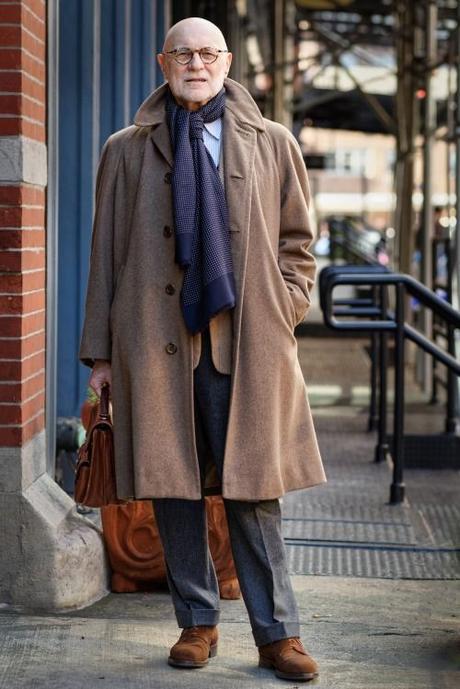
Wrinkle-vilifiers might repeat phrases like "presentability" and "professionalism" as they dunk their clothes in baths of starch, but the self they present is a fearful one, prone to feverishly adjusting its collar in store windows and untagging itself from the slapdash party photos its friends upload to Facebook. Letting our clothes go ever so slightly awry isn't just a nod toward mental health. It lets us wear proudly the life that subjected our clothes to that chaos in the first place.
When I think about people who actually look good in their clothes, especially when it comes to tailoring, I think of people who look comfortable and not overly anxious. George Frazier has another word for this sense of naturalness: duende. It's a Spanish term for a kind of mythological creature, but when used colloquially, at least for Frazier, it refers to a kind of irresistible magnetism. Some things simply have duende, and some things, while still good, don't. "It's the thing that Fred Astaire had, but Gene Kelly did not; what made a Ted Williams strikeout more exciting than a Stan Musial home run," Alex Belth once explained in Esquire. "It was difficult to even describe - you just knew it when you saw it - but Frazier never tired of trying. For him, style was a matter of utmost importance, as he revealed in a 1969 column: 'It is my own conviction that there can be no style without ... an immense honesty, and inviolability in the matter of one's craft, a relentless being-true-to-one's-own image.'"
I'd go a step further and say anxiety is the antithesis to style. Men who fret over historical correctness come off as wearing cosplay; guys who wear skin tight clothes look stiff; and prescriptivists who analyze things to millimetric precision look correct without actually looking good. American style in particular is best when it's aware of the rules, but looks rumpled and not overly concerned. Years ago, men were obsessed with what should be the exact measurement of their trousers' leg openings. The best response I heard was from a well-dressed friend of mine, who said "I think it's more important to find a good tailor." On some level, finding the right tailors (or brands) mostly gets you there. Style is then about knowing how to dress without being overly anxious about the act. That's harder to do nowadays, especially when wearing a tailored jacket can betray effort, but fretting over how to wear a sport coat more naturally all but ruins the solution.
